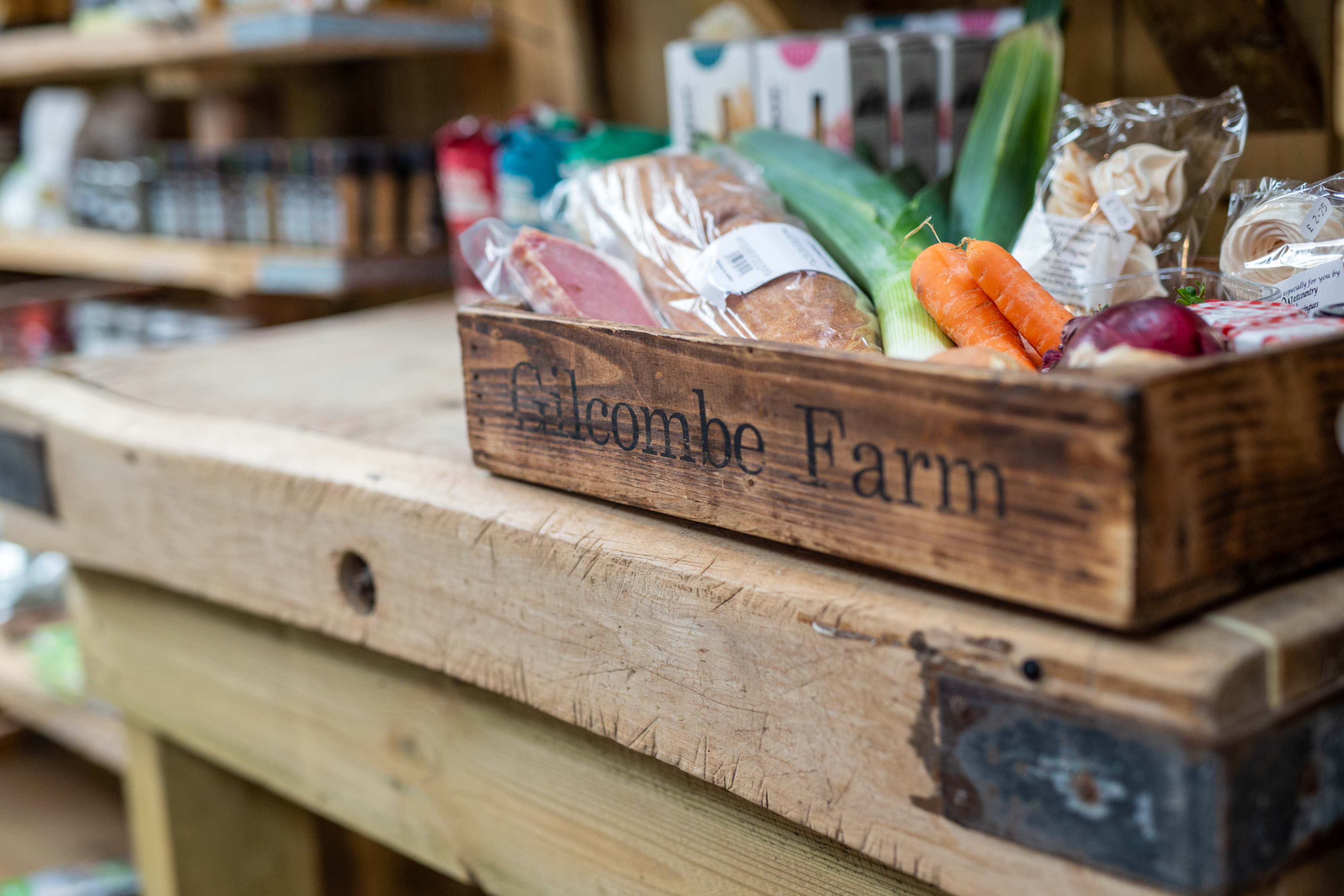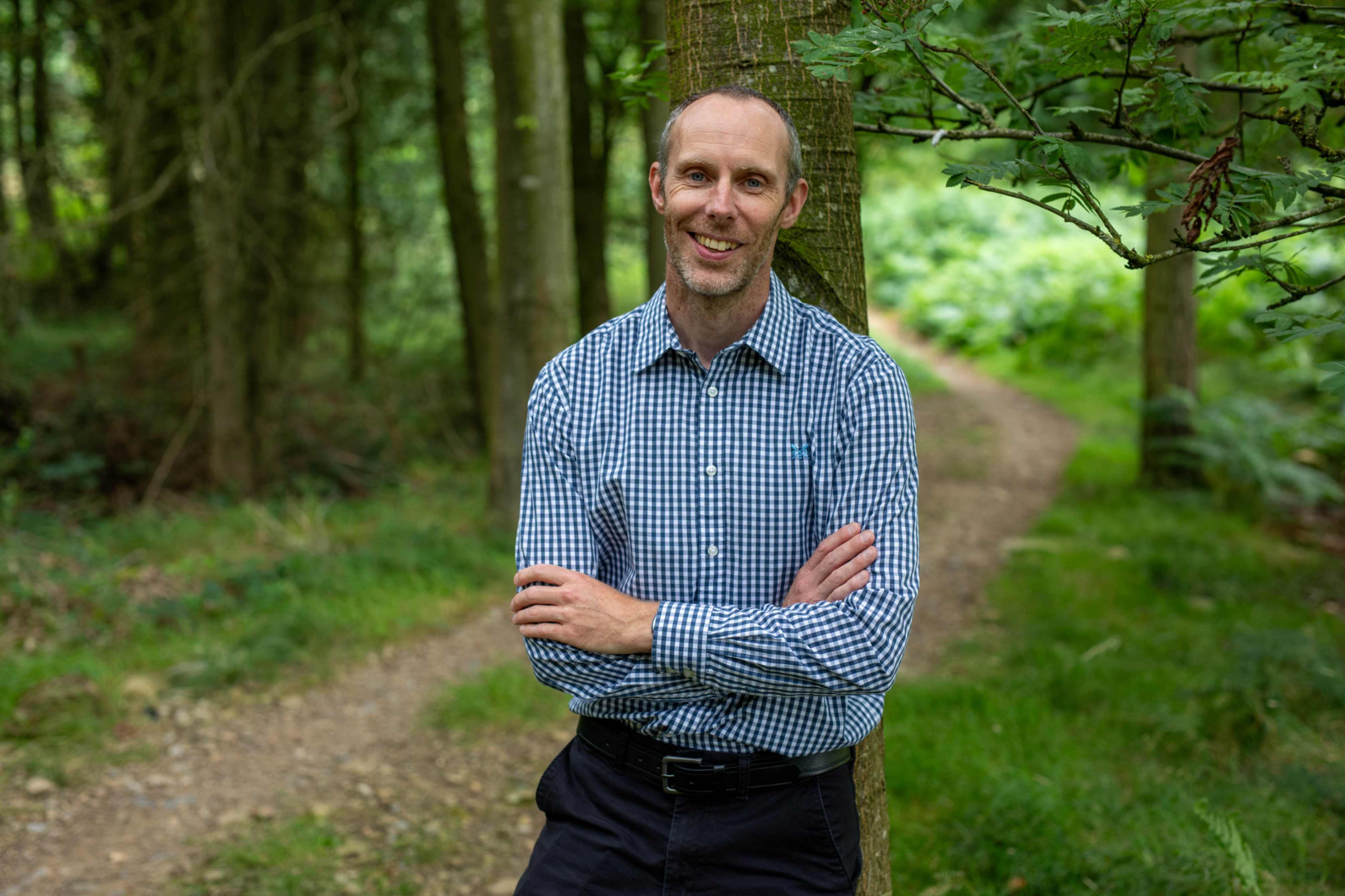Thinking ahead - how to boost your bottom line
How estates can boost their bottom line by optimising their assets whilst minimising risk
3 minutes to read
Every rural estate has the potential to be a multi-faceted business generating income from a diverse range of sources, from food production to property rentals, from renewable energy to environmental credits.
Often, however, the temptation for the owner can be to stick with what they know. Conversely, I’ve seen too many estates rush into new ventures that end up failing because of a lack of planning or experience. It’s all about balancing the risk.
The following are some of the things I advise estates to consider when looking to reduce their reliance on traditional and potentially less profitable income streams and develop new ones.
1. Determine your priorities
Most importantly you need to consider what is important to you as the estate owner and any other stakeholders such as family or shareholders.
There is no point, for example, considering ventures that will attract lots of visitors to parts of the property where privacy is important, or entering into long-term ventures that your successors aren’t enthusiastic about.
Once you’ve established these guidelines you can then create a longlist of potential opportunities, such as renewable energy, leisure, tourism, retail, commercial lets, nature-based solutions, that your estate can deliver.
2. Assessing opportunities
Each of these opportunities then needs to be assessed based on several criteria:
Do you have the skill, expertise, and enthusiasm to manage a new venture? If not, will it be profitable enough to warrant employing specialist management?
Will a change of asset use have tax implications for your business, particularly in terms of succession planning?
Is there grant funding to help you get the business off the ground or will you need to borrow all the capital required?
Is there any data that suggests a new venture will be profitable? You may have the perfect traditional buildings for a trendy retail destination, but it is crucial to use the array of demographic and geospatial data now available to check if your local client base is large enough to sustain such a venture.
How will it affect your relationship with the local community?

Farm shops are increasingly becoming destinations for local visitors and tourists alike.
3. Layering, linking and placemaking
It is also important not to look at potential new ventures in isolation. Can you make a part of your estate work harder by delivering different income streams? A woodland block could generate profits from leisure, commercial forestry, and carbon credits.

Mark Topliff, grants and natural consultant, works with our clients to identify wider income opportunities.
Linking different ventures also maximises returns. Could you, for example, create a permissive path between a retail venture on part of your estate and a leisure opportunity on another?
Developing a sense of place by bringing together different opportunities will also boost the appeal of your offering and help make your business a destination in its own right.
4. Don’t sell what you might need
As touched upon, nature offers many new income streams such as creating carbon credits or delivering biodiversity net gain (BNG), and the opportunities are only set to grow.
But before you sell make sure you are getting a price that reflects the long-term commitment, often decades, involved. And don’t forget your business may need its own carbon or BNG credits in the future.
Find the latest estate management and farming business advice in The Rural Report.
Access full report